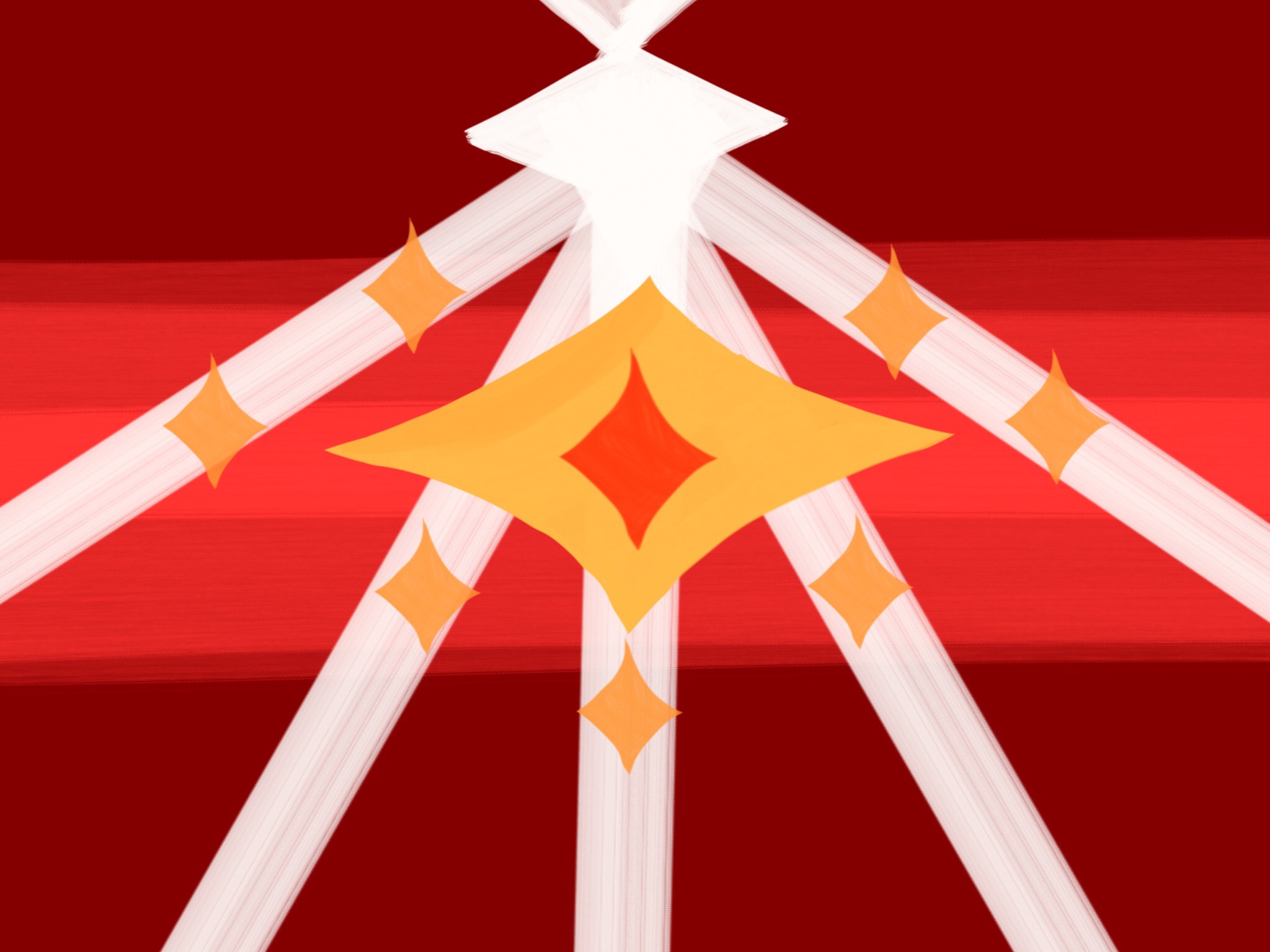Amalgams
CW: dehumanization, colonialism
An Amalgam is defined by the Crathlian government as being a human being whose power carrier concentration (that is, the measure of how many aignaoi power carriers reside in one's blood) is between 50.00 and 99.99. In practice (and indeed, prior to Edgar Waveworth Clearwater's research on power carriers, this was the definition), an Amalgam is a human who has telekinesis but no other ability.
The vast majority of Crathlians are Amalgams. Thus their culture is essentially the primary culture of Crathlia. Obviously, this also means that Amalgam culture is incredibly diverse and difficult to define, varying with physical location and socioeconomic class.
Cultural Heritage
Like Paragons, Amalgams are the descendants of shapeshifters as part of colonial rule. Indeed, in countries with smaller dragon-blooded populations such as the Republic of Notia and Tellia, there is no language or legal distinction between Paragon and Amalgam; the two are usually lumped together under the header of something that translates to "dragon-blooded." Historically speaking, we Crathlians were the same. It is only after hundreds of years that we arrived at the strict divisions we have today.Colonial Strategies
During the colonization, a descendant of a shapeshifter was a descendant of a shapeshifter. The mid-to-late colonial period saw the interbreeding of thousands of powerless human women with dragon-blooded human men, the children of whom were often modern-day Amalgams, as per colonial records listing the abilities of their boy-soldiers. While shapeshifters clearly noticed the ability differences of a more diluted dragon-blooded human, they didn't particularly care. In fact, there were major benefits to this interbreeding. There were always limited numbers of male shapeshifters, but there were plenty of dragon-blooded human males. "Breeding out" full humans (as Dregs were called at the time) allowed the colonizing shapeshifters to subjugate essentially all of Crathlia, barring very remote human settlements, since dragon-blooded children were subject from birth to the rules of the colony. It meant that they produced more soldiers, more farmers, more (supposedly) loyal subjects. Of course, this backfired when the ability-bearing populace rose against the shapeshifters and defeated them.Post-Colonial Fluidity
In the wake of the Crathlian Revolution and its overthrow of the colonial government, the neutral and most common term to describe those with abilities was "dragon-blooded." However, there emerged a dichotomy of loaded terms: positive terms like "blessed" and "paragon" versus negative terms like "mutt" or "amalgamation." These were used equally to apply to anyone with an ability, which is one reason that older scientific or classification texts are difficult for modern audiences to analyze. In this period, skill with one's power was everything. Warlords came to rule over the populace in exchange for protection from invaders, and it's unclear to modern scholars how many of these warlords were modern-day Amalgams. It is near-certain that some of them were.Emergence and Formalization of a Divide
The first to popularize the term Paragon in its modern sense was Aileen Stonebreak Dunspark in her 925 book The Building Blocks of Paragon Abilities, which set out to categorize abilities other than telekinesis and telepathy. With the more formal positive term becoming adopted by the elite, the more formal negative term (amalgamation, shortened to amalgam) began to be applied by those same elite to the wider dragon-blooded populace. Paragons benefited greatly from the distinction, especially those Paragons with less obvious or combat-oriented abilities, such as Dunspark herself. By the industrial revolution of the 1100s, the distinction between Amalgams and Paragons was semi-formalized, and the Paragon elite grouped Amalgams largely with the powerless minority as "peasants." The divisions we know today became fully formalized at the end of that century with Fletcher's Rebellion, in which an Amalgam-led rebellion demanded legal separation from Dregs and greater rights as befitting their power. Thus the three-tiered Crathlian caste system was born. Today, while Amalgams are generally considered middle-class, they can be wealthier than some Paragons, such as in the case of CEO Ethel Reeve Abronoma, or poorer than some Dregs. More than an indication of socioeconomic status, their "middleness" is a reflection of their formal rights: for example, restrictions on Amalgam child labor are much stricter than those on Dreg children, but even the most influential Amalgams cannot participate in government as Paragons do.Written by Cordelia Colbreak Evenbrook
Encompassed species
Related Organizations
Languages spoken
Today, the majority of Amalgams, particularly in urban areas, bear occupational surnames, some of the most common of which include: Smith, Farmer, Freeman, Mercer, and Monger.
This trend results from King Donovan Alderley's 850 census of Crathlia, in which he decreed that dragon-blooded without surnames identify themselves by their occupations or abilities. This included both modern-day Paragons and modern-day Amalgams. Dregs (called powerless at the time) were barred from taking occupational surnames by this decree so that it could be more easily determined which subjects possessed abilities.
During the industrial revolution, many city-bound Amalgams who still bore the names of their colonial ancestors or other surnames from that period (many location-based such as Brooks) opted to change their names in order to make themselves easily identifiable as Amalgams (and therefore more desirable to employers) rather than Dregs.




Fascinating (but kind of horrible) history of the caste system. I like that you have included some bits about how things are in the modern day too. Really interesting how the divide formed.
Explore Etrea | March of 31 Tales
Absolutely horrible yeah haha. I'm glad you liked the history!! It was really fun reverse-engineering how the divide formed from what I already knew about what I wanted from the modern state of things.